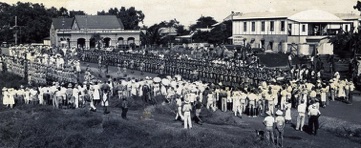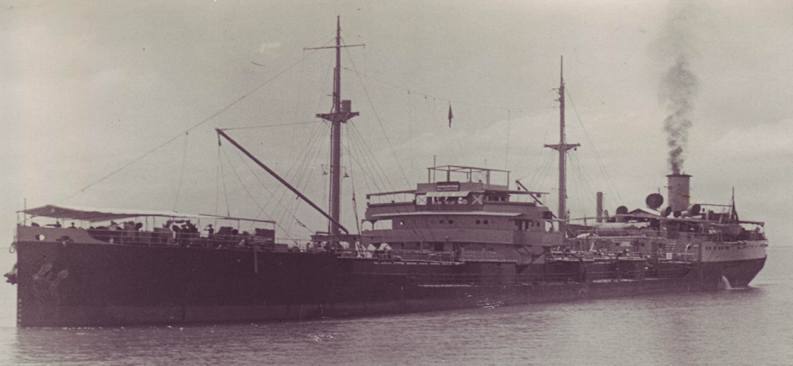----- WHEN WAR CAME TO AUSTRALIA -----
EVACUATION ORDER
Northern Standard December 12,1941
“Citizens of Darwin, The Federal War Cabinet has decided that women and children must be compulsorily evacuated from Darwin as soon as possible, except women required for essential services. Arrangements have been completed and the first party will leave within the next 48 hours. This party will include sick in hospital, expectant mothers, aged and Infirm and women with young children. You have all been issued with printed notices advising you what may be taken and this must be strictly adhered to. Personal effects must not exceed 35 pounds. The staff dealing with evacuation is at the Native Affairs Branch in Mitchell street and will be on duty day and night continuously. The personnel who will make up the first party will be advised during the next few hours and it will be the duty of all citizens to comply at once with the instructions given by responsible authorities .... The Federal Government has made all arrangements for the comfort and welfare of your families in the South. Darwin citizens will greatly assist the war effort by cheerfully carrying out all requests. There will be hardship and sacrifice, but the war situation demands these and I am sure Darwin will set the rest of Australia a magnificent example to follow. “
Administrator C.L.A. Abbott
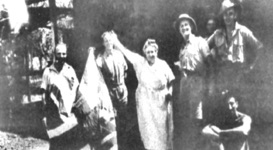
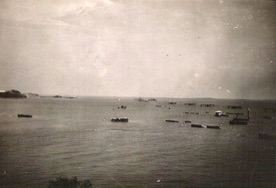
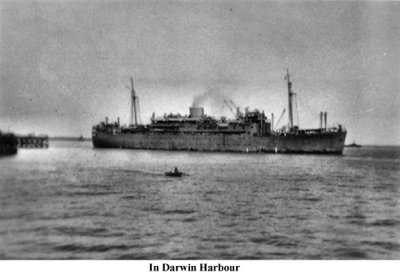
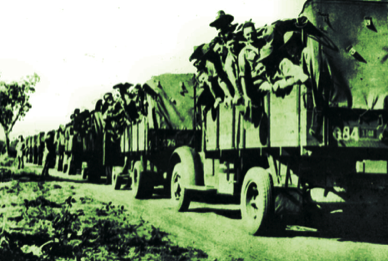
Fifty years ago Darwin was an anxious town waiting for something to happen. By January 1942-with war looming on its doorsteps- many of its civilian residents had been compulsorily evacuated, leaving a mainly male civilian and military population with only about 80 women who were deemed to have essential jobs. The gravity of the situation had hit home to many residents on December 5, 1941 when soldiers who had boarded the Zealandia to go south on their annual holidays suddenly had their leave cancelled and were put ashore. Next came news of Pearl Harbor and then on December 12, 1941 the official order was issued to evacuate women and children from Darwin. The evacuation-of at least 1,066 women and 900 children was a mammoth task and an unforgettable experience for those involved. On February 15 this year (1992) about 300 people who were part of that evacuation will meet in Darwin for a special reunion at the Hotel Darwin when the stories and memories will no doubt flow.
Long-term Darwin resident Ted DAmbrosio was a zone warden at the time and remembers the procedural ordeal well: My area was from Daly Street to the wharf, he says. First we had to find out who was in our area and then issue them with two cards, one to be taken off them when they were evacuated so they could be crossed off the main list. Most were given only 24 hours notice or less, and allowed one suitcase weighing 35 pounds. We evacuated them by air, sea, road whatever was available. The majority went by sea.
The majority went by sea. The first ship to sail was the Koolinda, leaving Darwin on December 19 with 225 evacuees on board. One of them was Nancy Eddy, who had been living in Darwin since 1935. I had just recovered from a serious bout of the fever -I didn’t even know Pearl Harbour had been bombed. My small baby had just contracted the fever as well. I remember my husband coming home on Thursday, December 19, and telling me to pack and be ready to leave in an hour. All I could do was pack baby napkins and a change of clothes for myself, my five year old child and my baby. There were nine people in my cabin and I had to carry my baby in my arms the entire trip as he was so sick. But I felt especially sorry for the women who had not even seen their husbands before they left. It was very hard on them. Like many of the women who were evacuated, Nancy saw little of her husband during the war-"in fact we were apart for six out of the first ten years of our marriage," she said.
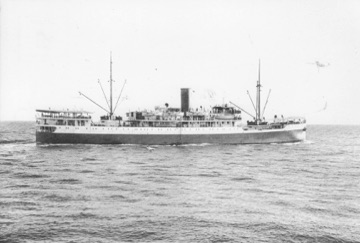
M.V.KOOLINDA

